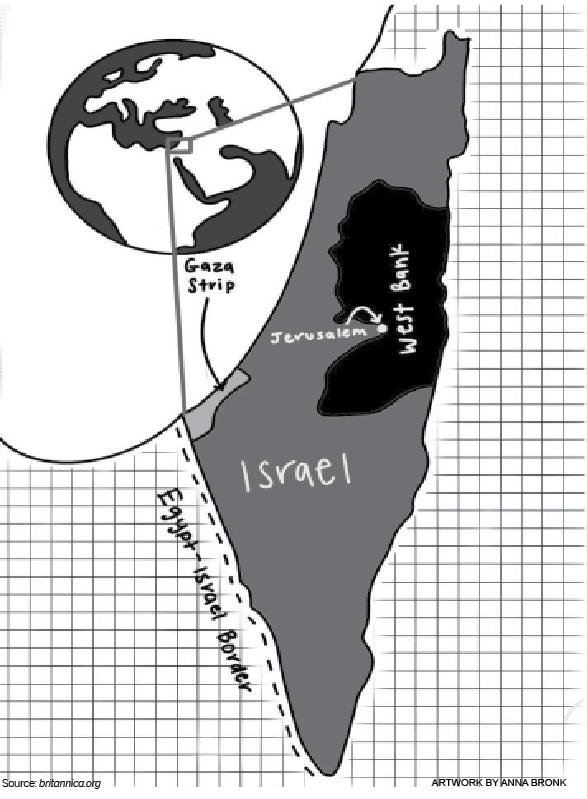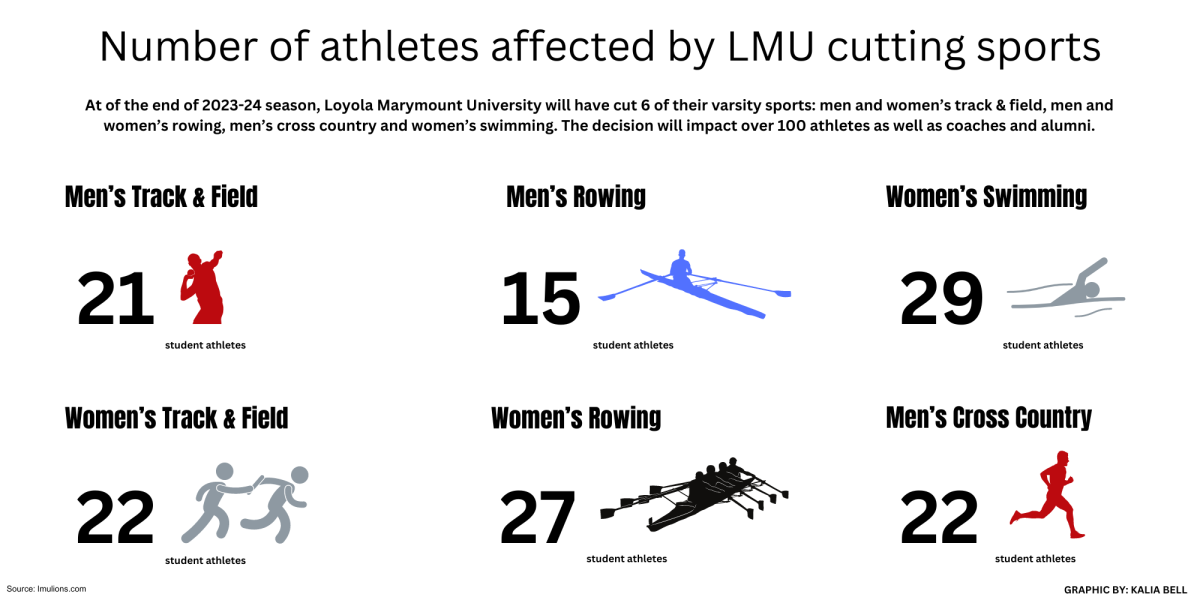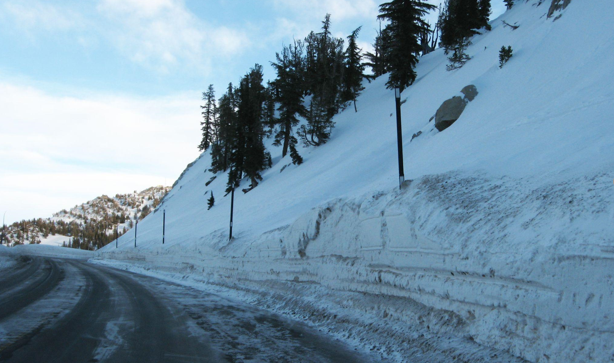Heavy rain increases California’s water storage
PHOTO COURTESY OF CC BY–SA 2.0
STORED FOR SPRING: Snowpacks on Mount Rose Highway in Nevada have multiple layers of snow tightly compacted on top of each other. As the snow melts in spring, the runoff creates a vital source of water for many.
During the first three months of 2023, California saw what was predicted to be a ‘dry winter’ turn into heavy rainfall, storms and flooding. As storms move around the state, 40 of the 58 counties in California have been put under Storm State of Emergency as of March 13.
Central California, Southern California coastlines and the Sierra Nevada regions’ average precipitation levels are 200% higher, according to usatoday.com. Much of the heavy rainfall can be attributed to the atmospheric rivers that have gone over California regions multiple times since the end of 2022.
Atmospheric rivers are long, concentrated regions of moist air in the atmosphere that move from the tropics, such as Hawaii, to California. They create heavy rainfall and snow, especially over mountainous regions, according to National Oceanic and Atmospheric Administration research.
This heavy rainfall has put many areas in Southern California under flood watch. Due to the warmer temperatures of the rain, much of the snowfall is also melting, adding to the increased risks of flooding. However, many hope that a spike in rainfall will decrease the drought situation in California.
“When the rain hits the ground, it goes into a storm drain and unless it’s caught, it just goes back into the ocean,” said Jennifer Boyd, AP Environmental Science and Honors Environmental Field Studies teacher. “The water has to be cleaned since our ground is very dirty, which takes a lot of energy.”
While much of the rainwater that hits the ground is not usable, California’s reservoirs, which are areas such as lakes that store water behind a dam, are another way of storing drinkable water. They were quickly depleting due to the drought, but the amount of rainwater in the past few weeks has allowed for a significant increase in water levels.
“We are taking steps to maximize groundwater recharge in a way that the state of California has never really done before,” said Erik Ekdahl, deputy director of the State Water Board’s water rights division, according to latimes.com.
However, what contributes more to water supply than rain is snow. The more snow that is stored in snow packs, or multiple layers of snow that do not melt due to below–freezing temperatures, increases the ability to refill the water system.
“Having a lot of snow is amazing, and we want as much snowpack as possible,” said Boyd. “What’s more important than the rain is how much snow we’re getting because it’s where a lot of our water comes from.”
Due to the storms, the Sierra Nevada mountains snowpack has reached record levels that can be repurposed once the snow melts for agriculture, hydropower and drinking water. Millions of people in the western North America rely on its contribution to the water cycle as rain storage is a much less reliable source of water.
“It’s important that we don’t waste any water and capture as much as we can when it does rain because rain isn’t very dependable,” said Boyd. “With climate change, we need to be ready for more drought since we don’t know when the next big rains will happen again.”
Your donation will support the student journalists of Westlake High School. Your contribution will allow us to purchase equipment and cover our annual website hosting costs.

Hi! My name is Laura Teegarden and I am the Feature Section Editor on The Arrow. I have been o the staff for two years, and I joined the newspaper because...






























